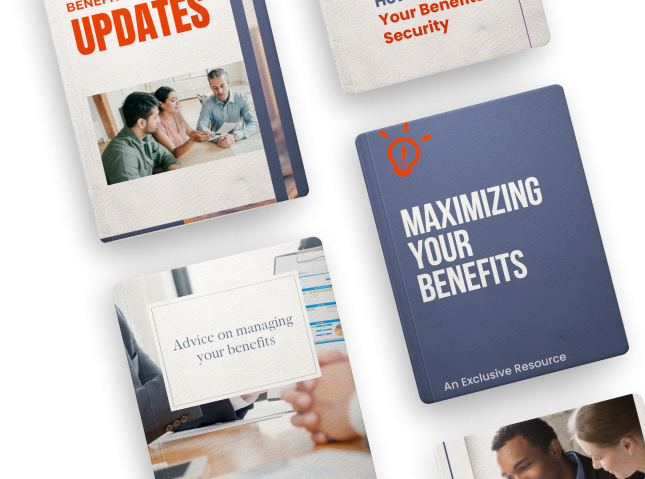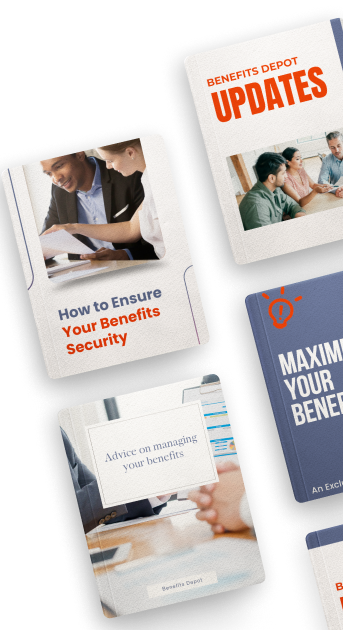Navigating the various types of financial assistance
There are many types of government assistance available to individuals and families, each serving different needs.
Here are some of the most common types of assistance, along with a brief description of how to access them:
-
Housing Assistance (Section 8): The Housing Choice Voucher Program, often known as "Section 8," provides assistance to eligible low- and moderate-income families to rent housing in the private market. You can apply for this program through your local Public Housing Agency. Here is the link to the U.S. Department of Housing and Urban Development's Housing Choice Vouchers Fact Sheet.
-
Food Assistance (SNAP): The Supplemental Nutrition Assistance Program provides eligible low-income individuals and families with funds for food purchases. Apply through your state's SNAP agency. Here is the link to the U.S. Department of Agriculture's SNAP page.
HelloFresh Offers Free Breakfast for Life - Don't Miss Out on This Amazing Deal!
-
Medicaid and CHIP: These programs provide free or low-cost health coverage to some low-income people, families and children, pregnant women, the elderly, and people with disabilities. You can apply for these benefits through the Healthcare.gov Medicaid page.
-
Medicare: This is health insurance for people aged 65 or older or with certain disabilities. You can apply for Medicare through the Social Security Administration's Medicare page.
-
Temporary Assistance for Needy Families (TANF): TANF provides financial assistance to pregnant women and families with one or more dependent children. You can apply for TANF through your state's TANF program office. Here is the link to the Office of Family Assistance's TANF page.
-
Low Income Home Energy Assistance Program (LIHEAP): LIHEAP helps eligible low-income households with their energy bills. You can apply for LIHEAP benefits through your state or tribal LIHEAP office. Here is the link to the U.S. Department of Health & Human Services' LIHEAP page.
-
Unemployment Insurance: This is typically available to people who have lost their jobs through no fault of their own. You can apply for benefits through your state's unemployment insurance program. For example, here is the link to the U.S. Department of Labor's Unemployment Insurance page.
Please remember that eligibility for these programs typically depends on factors such as income, family size, and any special circumstances like disability or veteran status.
Always refer to the specific eligibility requirements for each program. If you're not in the U.S., the specific programs and their access methods will vary, so it's best to consult with your local government's resources but benefits.gov can also be a great place to start












